In Asakusa, Personalities Stand Out Against the Wall
Photographer Hiroh Kikai spends long hours on the streets of Tokyo looking for subjects for his portraits who give off an unusual aura.
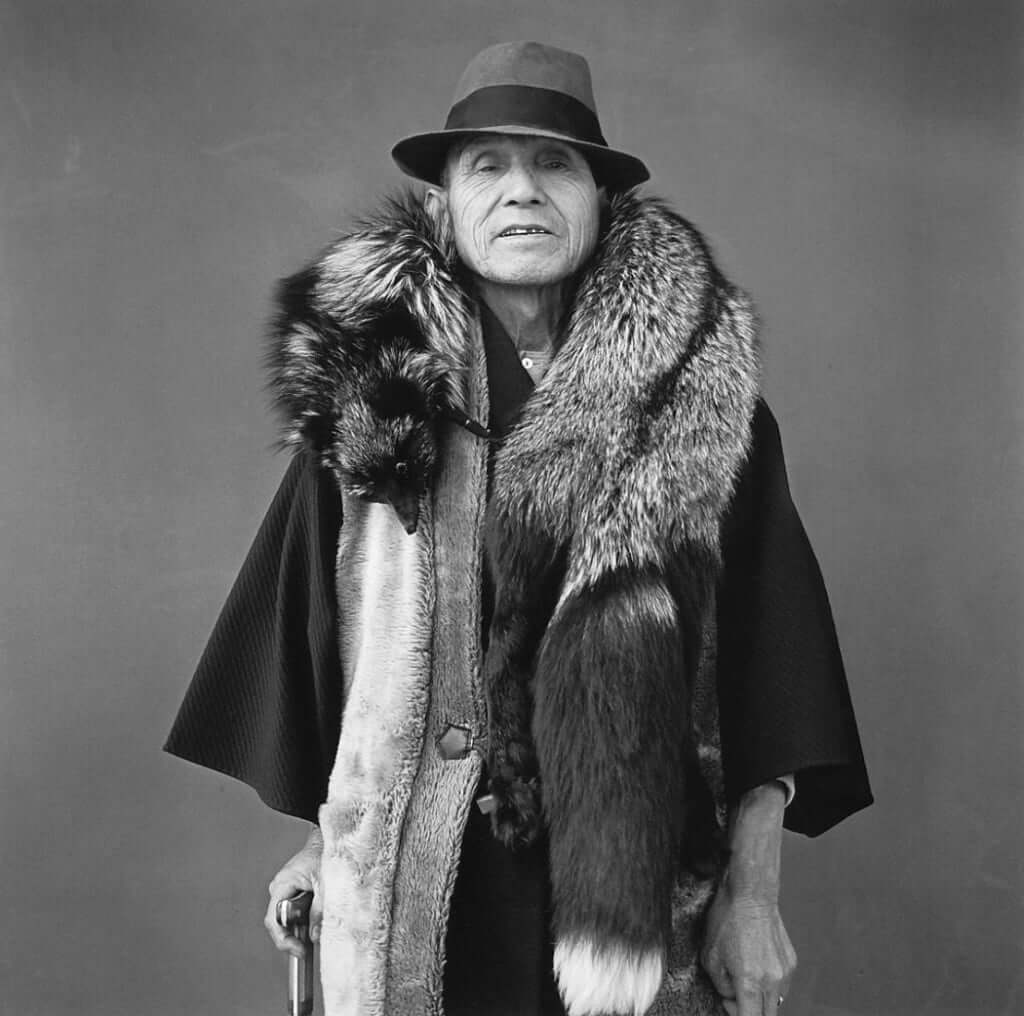
Hiroh Kikai, “Asakusa Portraits” © Steidl
In Tokyo’s historic Asakusa district, in front of the red walls of Senso-ji temple, a tightly packed crowd passes each day. How can people exist in the face of such history, stand out from the rest, and showcase what constitutes individuality? The series of black-and-white photographs by Hiroh Kikai, entitled Asakusa Portraits (1973-), can be discovered in a book published in 2008.
Born in Yamagata Prefecture in 1945, Hiroh Kikai studied philosophy at Hosei University in Tokyo. The cinema enthusiast began his working life as a lorry driver, then worked in a shipyard. He had always been interested in human sciences and started writing a column for the magazine Camera Mainichi, leading him to discover the work of Diane Arbus, which was a revolution for him. It was in 1969 that he started taking his own photographs with a Hasselblad 500C/M camera.
The language of the body
After long hours spent waiting, a figure stands out and grabs the photographer’s attention. As Jim Casper remarks in an article published by Lens Culture, Hiroh Kikai ‘waits to see an “aura” around a stranger that signals “take my picture”, and then he approaches his subject to ask permission.’ Some days he takes one or two portraits, and others none. Over the years, he has sometimes photographed the same people, and their photographs are placed side by side in the book. The exchange with the individuals, which generally lasts no longer than a dozen minutes, and what the photographer retains of it, are transcribed underneath the portrait.
Each of the 600 photographs compiled here—of individuals, duos, or people accompanied by animals—reveal different types of body language, clothing styles, unique expressions. What catches the eye is the power of the personality of the individuals captured in the images, of all ages and social backgrounds, wandering around or going to work, and with a conventional, discreet, or eccentric style. They are unique, and this difference is illustrated in a powerful way.
The series Tōkyō meiro / Tokyo Labyrinth, published in 1999, showcased another facet of Hiroh Kikai’s talent, that of an urban landscape photographer.
Asakusa Portraits (2008), a book of photographs by Hiroh Kikai, is published by ICP and Steidl.
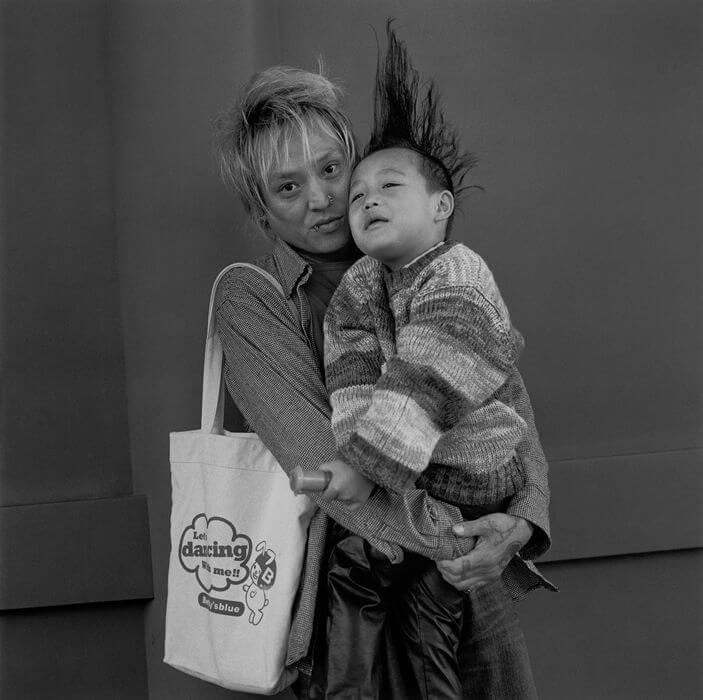
Hiroh Kikai, 'Asakusa Portraits' © Steidl
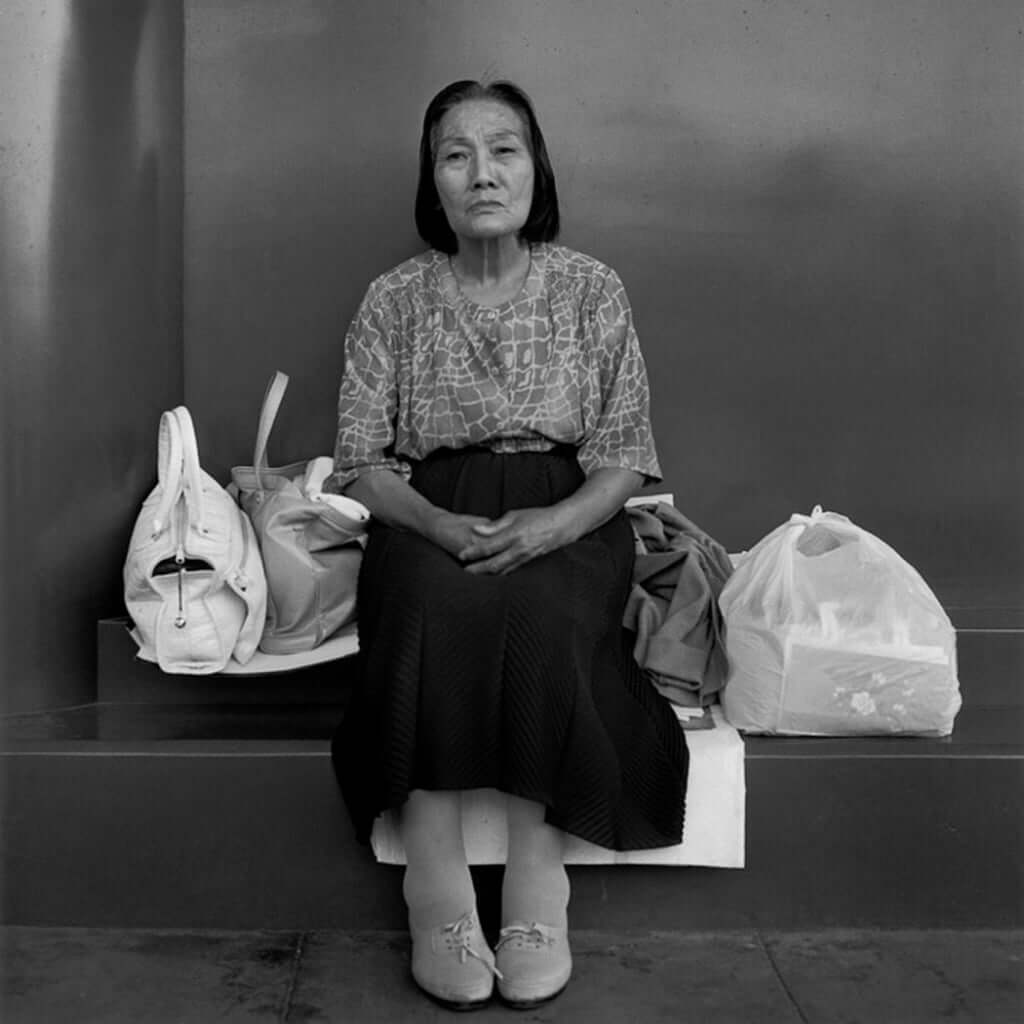
Hiroh Kikai, 'Asakusa Portraits' © Steidl
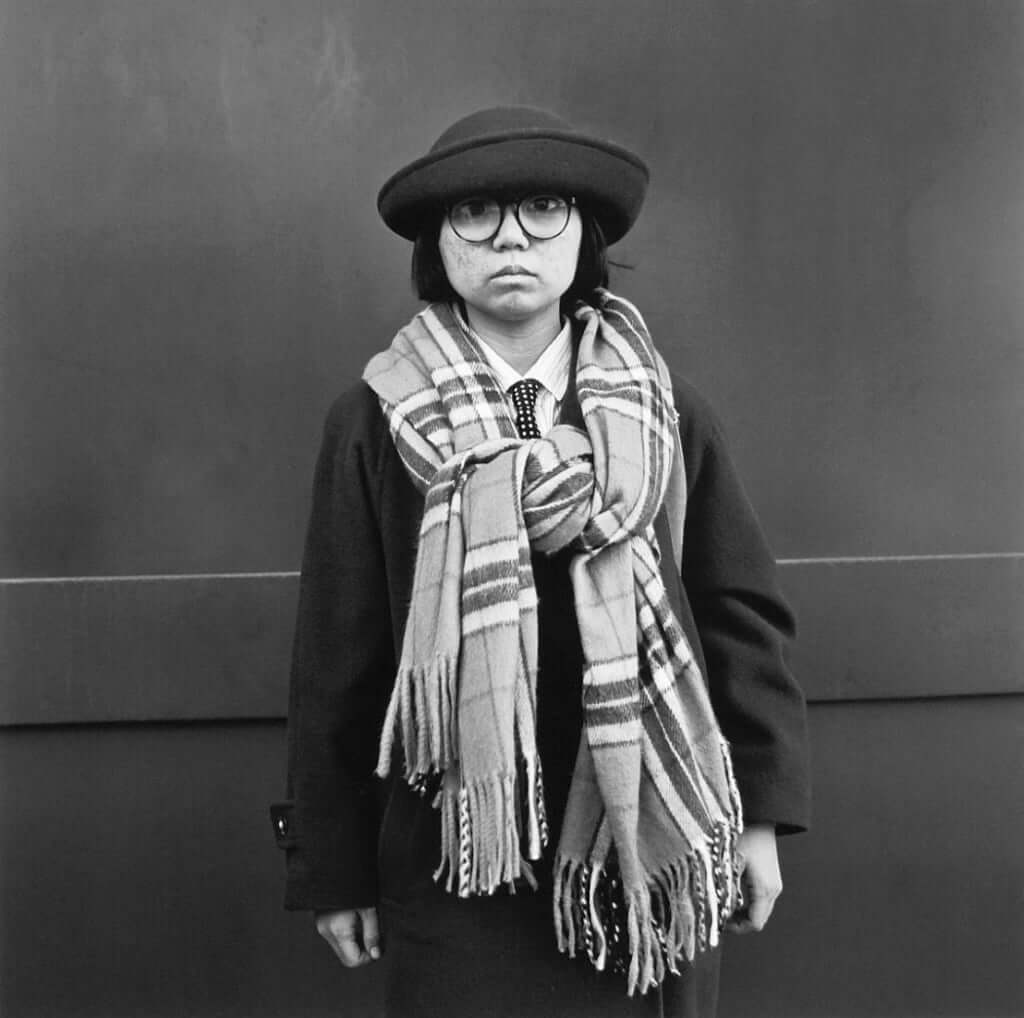
Hiroh Kikai, 'Asakusa Portraits' © Steidl
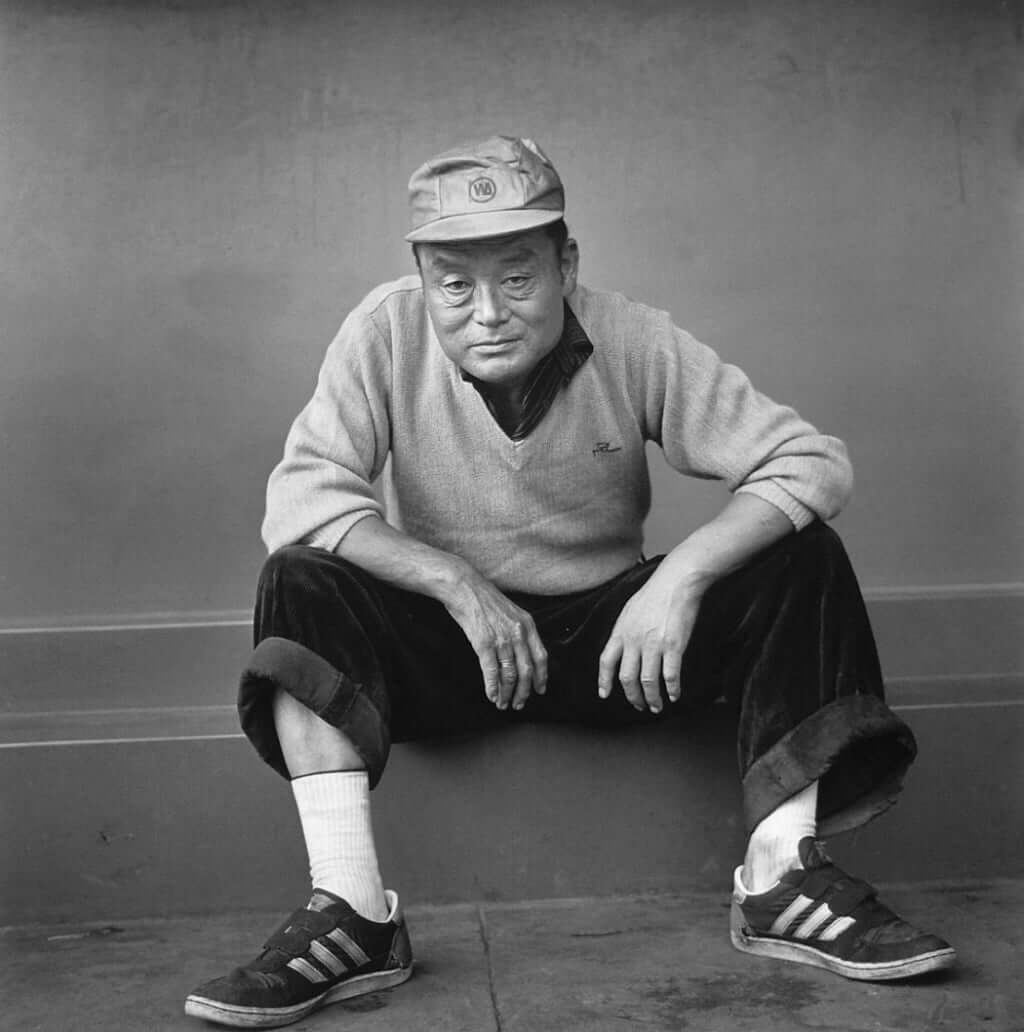
Hiroh Kikai, 'Asakusa Portraits' © Steidl
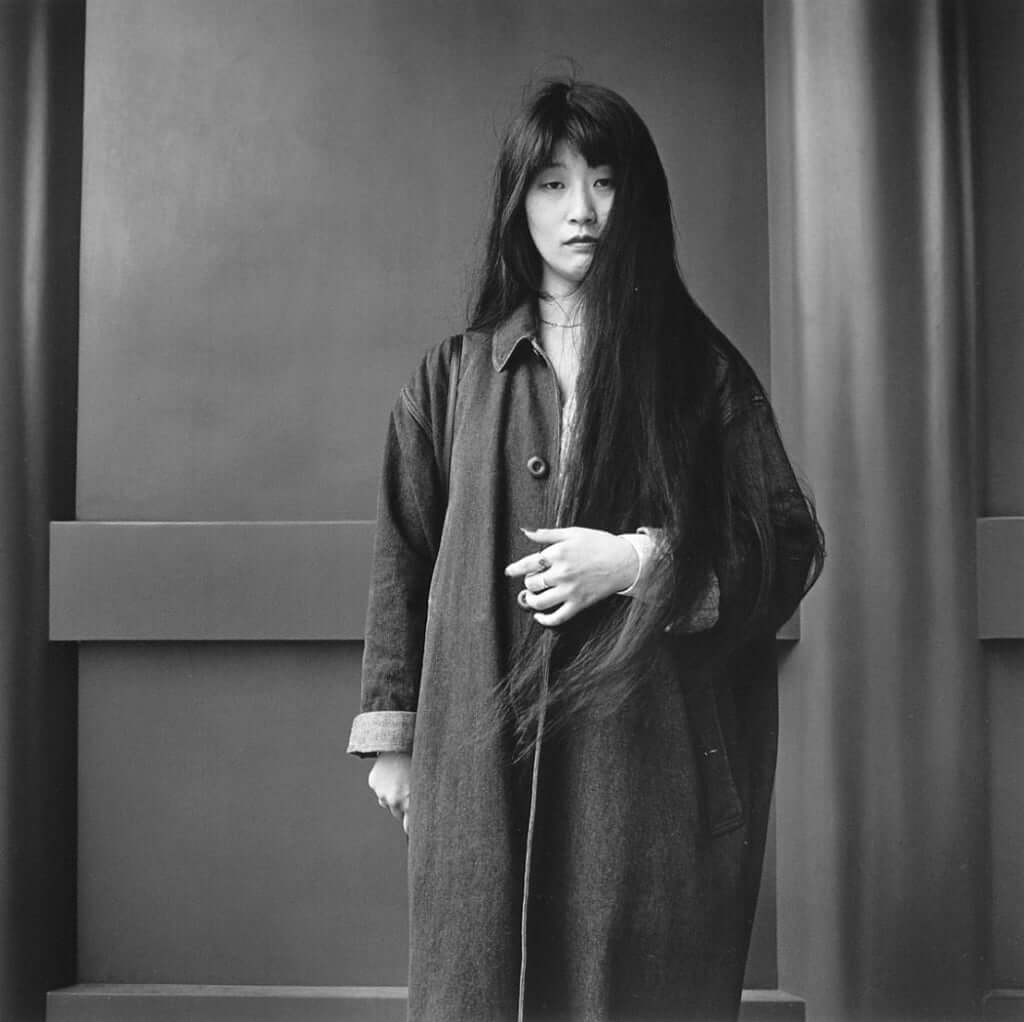
Hiroh Kikai, 'Asakusa Portraits' © Steidl
TRENDING
-
A House from the Taisho Era Reveals Its Secrets
While visiting an abandoned building, Hamish Campbell discovered photographs the owner had taken of the place in the 1920s.

-
The Taboo-Breaking Erotica of Toshio Saeki
The master of the 1970s Japanese avant-garde reimagined his most iconic artworks for a limited box set with silkscreen artist Fumie Taniyama.

-
With Meisa Fujishiro, Tokyo's Nudes Stand Tall
In the series 'Sketches of Tokyo', the photographer revisits the genre by bringing it face to face with the capital's architecture.

-
Masahisa Fukase's Family Portraits
In his series ‘Family’, the photographer compiles surprising photos in which he questions death, the inescapable.

-
Hajime Sorayama's Futuristic Eroticism
The illustrator is the pioneer for a form of hyperrealism that combines sensuality and technology and depicts sexualised robots.





